Boasting one of the biggest sweet tooths (or beaks) of all the backyard birds, whether it’s the Baltimore, Bullock’s, Hooded, or Orchard species, their bright orange, yellow, and black plumage bring dazzling color to our backyards every year. So how can you attract the oriole to your yard? With just a few supplies and our simple tips and tricks, you’ll be ready to catch a glimpse of the elegant oriole this season!

Put up an oriole feeder
Known as one of the more skittish backyard birds, orioles are often heard more than seen as they typically forage high in trees for insects, flowers, and fruit. But you can be successful in attracting them to your backyard with a bird feeder.
One of the simplest ways to attract orioles to your yard is to put up an oriole feeder filled with fresh fruit, jelly, or homemade nectar. Oriole feeders have dishes for jelly or nectar and spikes to easily feed oranges and fruit slices. Since orioles can’t hover like hummingbirds, they need built-in perches to land on and feed for a longer period of time. Since feed like fruit and jelly can spoil quickly, orioles feeders can also have protective baffles that shield the feeder and its contents from the weather.
One downside to offering such sweet treats in your feeder is that they can attract unwanted pests like bees or ants. Typically, if the pests don’t have access to the nectar or fruit, they should eventually move on from the feeder to a more rewarding source. Here are some additional tips to help keep bees and ants off your oriole feeder:
- Keep it clean: Make sure there is no exposed nectar on or around the outside of your feeder and thoroughly clean it with warm soapy water every 4-5 days at minimum.
- Change it up: Periodically move your feeder. Birds will usually look around and find a relocated feeder, but insects will not.
- Get in the shade: If the feeder is currently in the sun, try moving it to a more shaded area.
- Use bee guards: Some oriole feeders come with removable bee guards. Simply slip the guard over the base of the feeding port to prevent bees from reaching the nectar.
- Use an ant moat: Some oriole feeders have built-in ant moats, which trap ants in a small cup of water before they have the opportunity to reach the feeder. If your feeder does not come with an ant moat, you may choose to purchase one separately. Be sure to keep it full of water! If the weather is particularly hot and the water is evaporating quickly, check it regularly to prevent it from sitting empty.
- Try fishing line: You may try hanging your feeder using fishing line, as it is very difficult for ants to climb. Keep in mind this may not be feasible for heavier feeders.
Try these oriole feeders:
What do orioles like to eat?
Orioles love fruit slices, particularly oranges, apples, peaches, berries, and bananas. As far as jellies or jams, birders have tried several varieties, but orioles seem to prefer plain grape jelly. Look for a natural grape jelly that doesn’t contain high-fructose syrup. Orioles will drink hummingbird nectar, but providing them with a slightly less sweet concentration made specifically for orioles is preferable and more natural to what they typically like. No matter what fruit or nectar you offer in your oriole feeder, always make sure it’s fresh!
Besides the sweet stuff, orioles eat a wide range of insects, like mealworms, caterpillars, moths, grasshoppers, and more, giving them the protein they need to round out their diet.
Make your own homemade oriole nectar
The formula for oriole nectar is simple: about one part white granulated sugar to six parts water. This specific sugar concentration best mirrors the sugar concentration naturally found in flowers or sap preferred by orioles. The natural sugars found in flower nectar are primarily sucrose, like that of white granulated sugar.
Boil the water for approximately two minutes, add the sugar, and stir to dissolve thoroughly. Cover and allow to cool before using or pouring into a clean storage bottle. A large batch of nectar can be made and stored in the refrigerator for up to two weeks. This makes refilling the feeder easy, so you won't mind doing it every few days.
Additional suggestions:
- We do NOT recommend adding red food dye or any coloring, whether artificial or natural, to the nectar.
- Make sure to thoroughly clean your feeders before the first use of the season and before each subsequent refill.
- We only recommend using regular white granulated sugar in nectar preparation.
- Do NOT use honey. Honey is comprised primarily of fructose and glucose and therefore birds digest this much less efficiently. Also, fermentation and mold growth occurs much more rapidly in nectar solutions using honey than those from granulated sugar.
- Do NOT use artificial sweeteners! Remember, these sweeteners contain no calories, which means they provide no energy to birds.
Place your feeder in the right location
The location of your bird feeder should make the orioles feel safe and at home. Orioles are likely to feed more comfortably when near natural cover like trees, shrubs, or other vegetation. This provides shelter for them to view their feeding area so they can see any predators while waiting for their turn to feed.
To help prevent fatal window collisions, feeders should be hung or mounted closer than 3 feet or farther than 15 feet from a window.
Since orioles exhibit more shy behavior than other birds, try to keep your oriole feeder away from locations where there is frequent human activity since this can scare them off.

Set up a bird bath
Orioles will look for shallow, moving water to clean and bathe in. Providing a consistent source of clean and fresh water from a bird bath, fountain or a shallow pond will help keep them cool and hydrated in the heat of the summer months. Try setting up a shallow bird bath and add a bubbler, dripper, or mister to give the orioles the movement they’re looking for.
It’s important to keep your water source clean and change the water often to prevent bacteria from forming and spreading amongst the birds. Try to place your water source in the shade to keep it from drying out and getting too hot in the sun. If your water source is stagnant, you can add a fountain to keep the water moving and prevent it from becoming dirty quickly.
When do orioles come to feeders?
Most orioles are migratory birds, meaning they leave and return from a specific area seasonally. As they return from migration and end up in their ultimate destination, they will remember the source of their first meals - oftentimes coming back to the same feeders repeatedly. For the best chance of orioles coming to your feeders, it is recommended to have them up and ready about two weeks before they return from their winter migration. It’s most common to set them out sometime between mid-April and mid-May to catch the first migrants. Be sure to research the migratory pattern of orioles in your area to determine the right time to have your oriole feeder ready.
How to identify orioles
The most common species of oriole in North America are the Baltimore, Bullock’s, Hooded, and Orchard oriole. The species of oriole that will come to your backyard depends solely on your location. Take a look at the range map below to see which of the three most common oriole species might show up in your backyard.

Look at each of the different types picture below and take note of the size and pattern to help you identify which oriole is visiting your yard.

2. Bullock’s Oriole

3. Hooded Oriole

4. Orchard Oriole


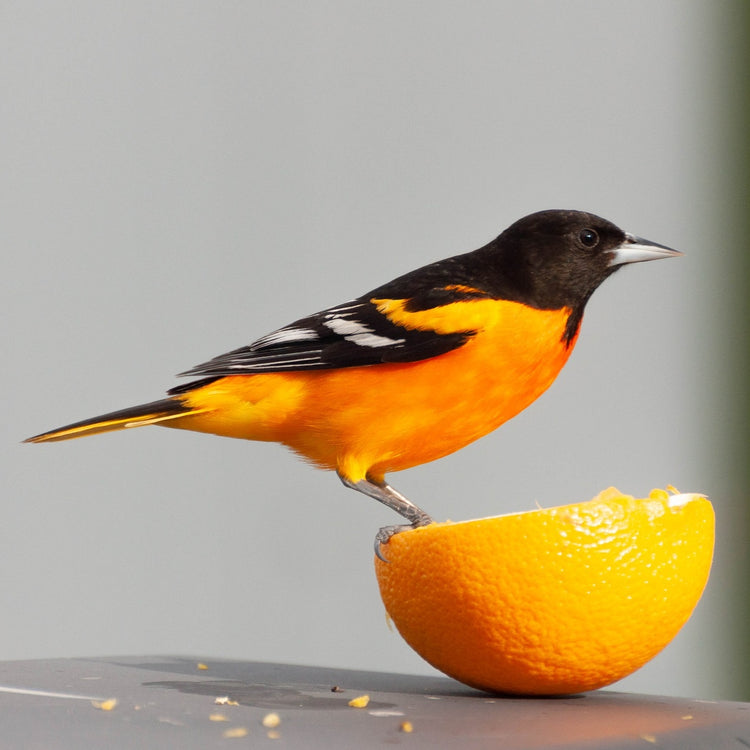




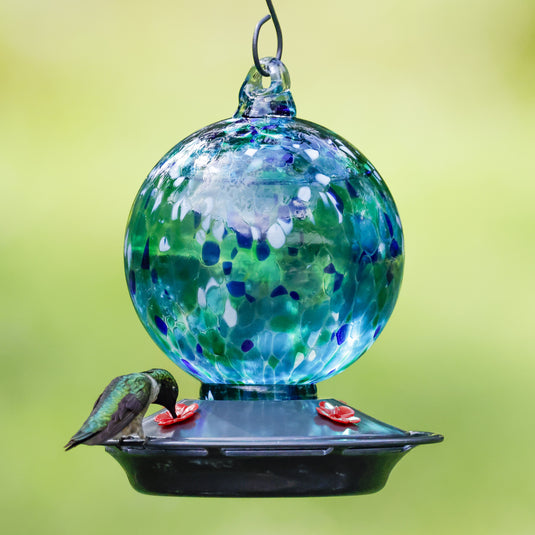
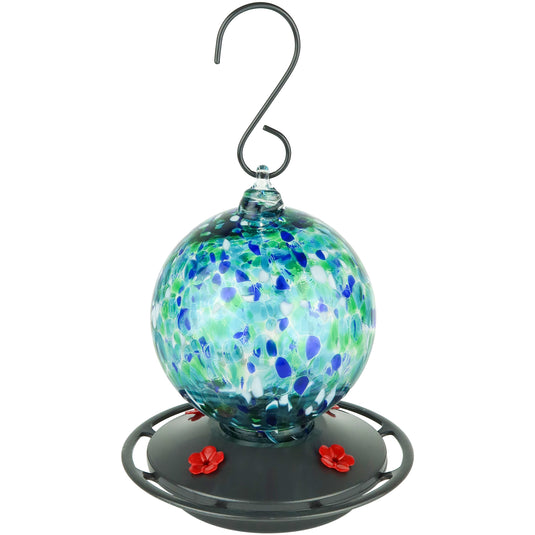


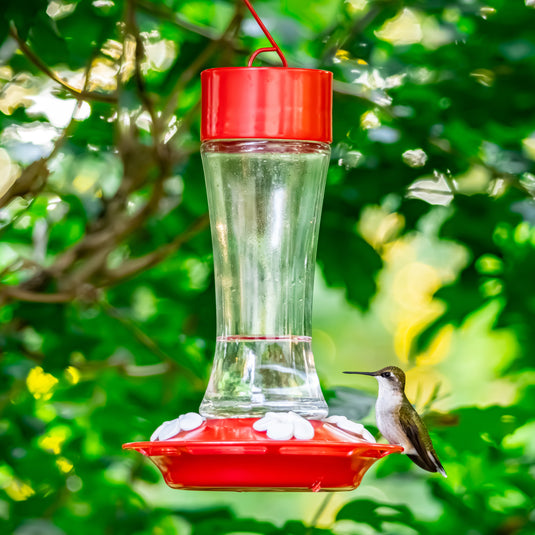
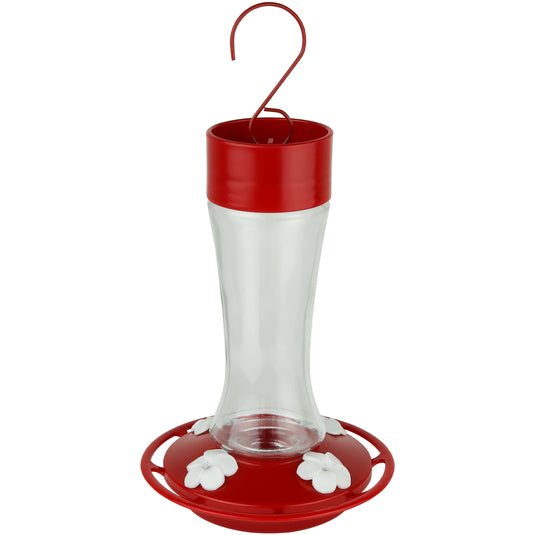
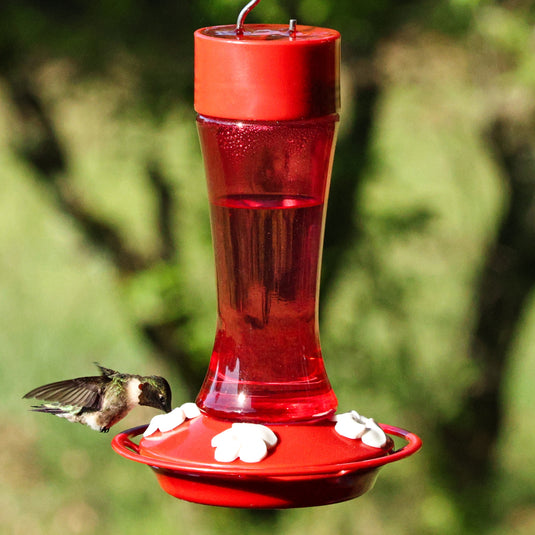
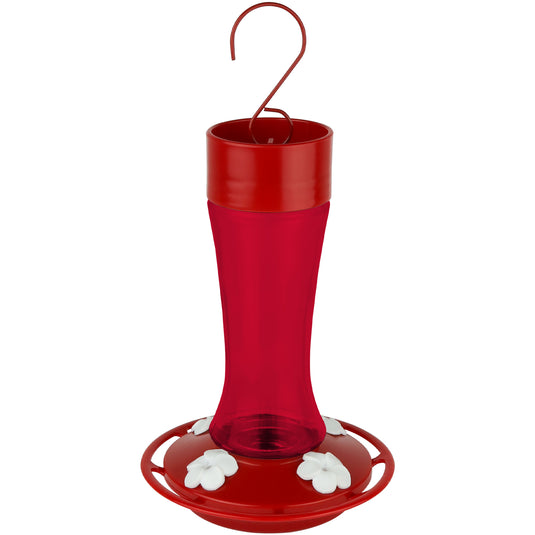
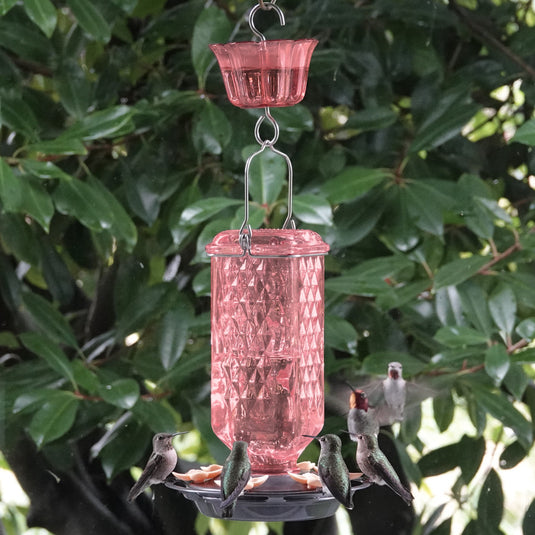
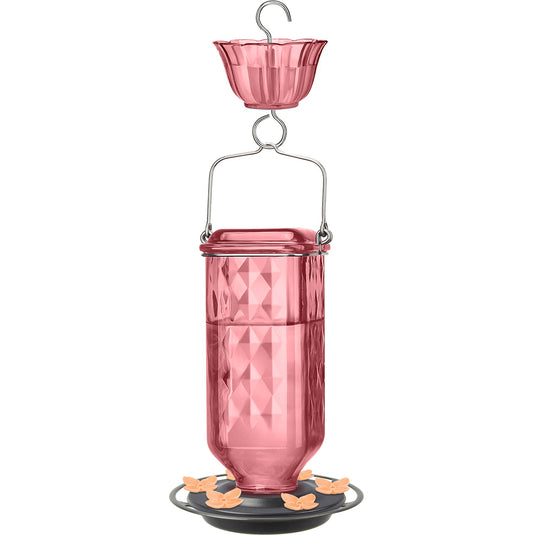
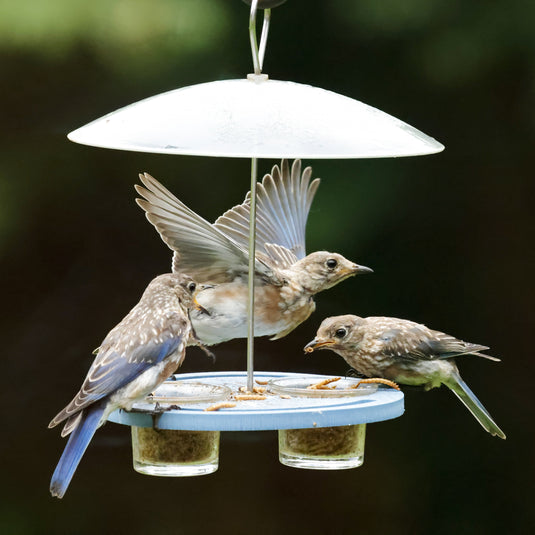
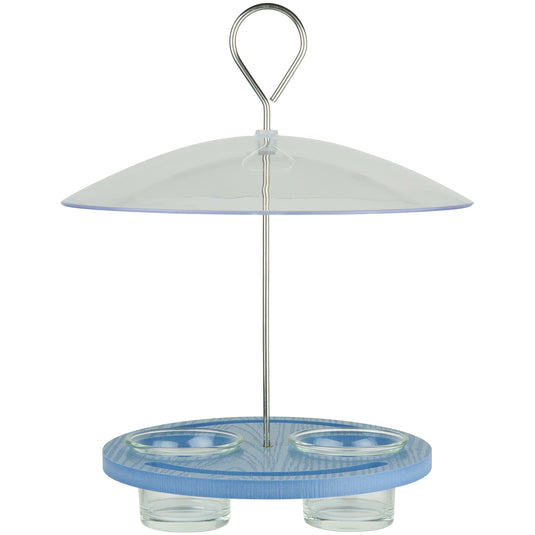
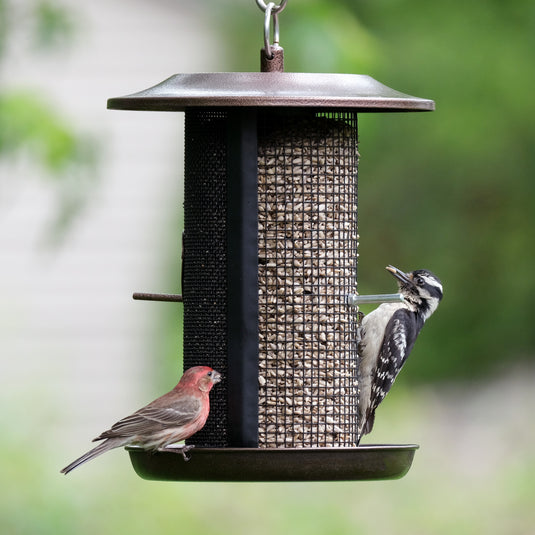
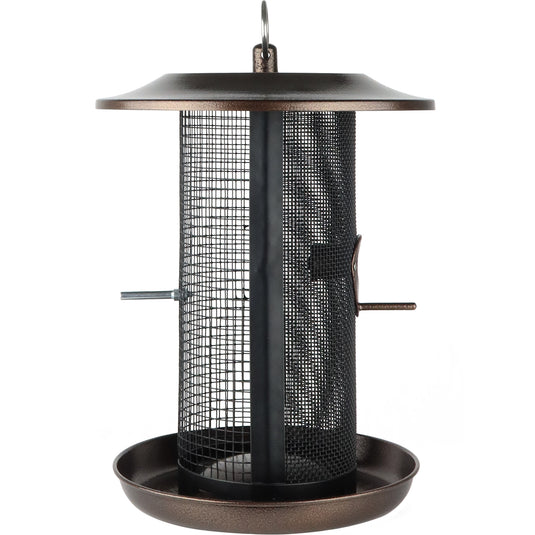
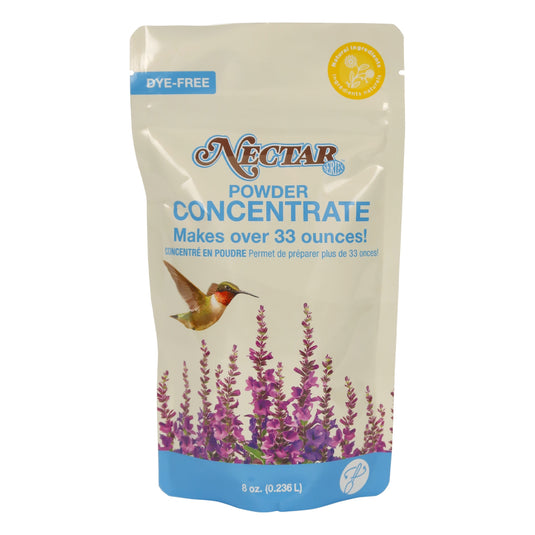
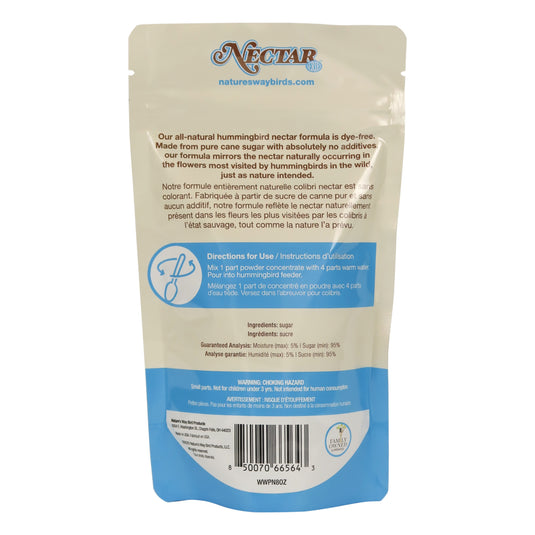
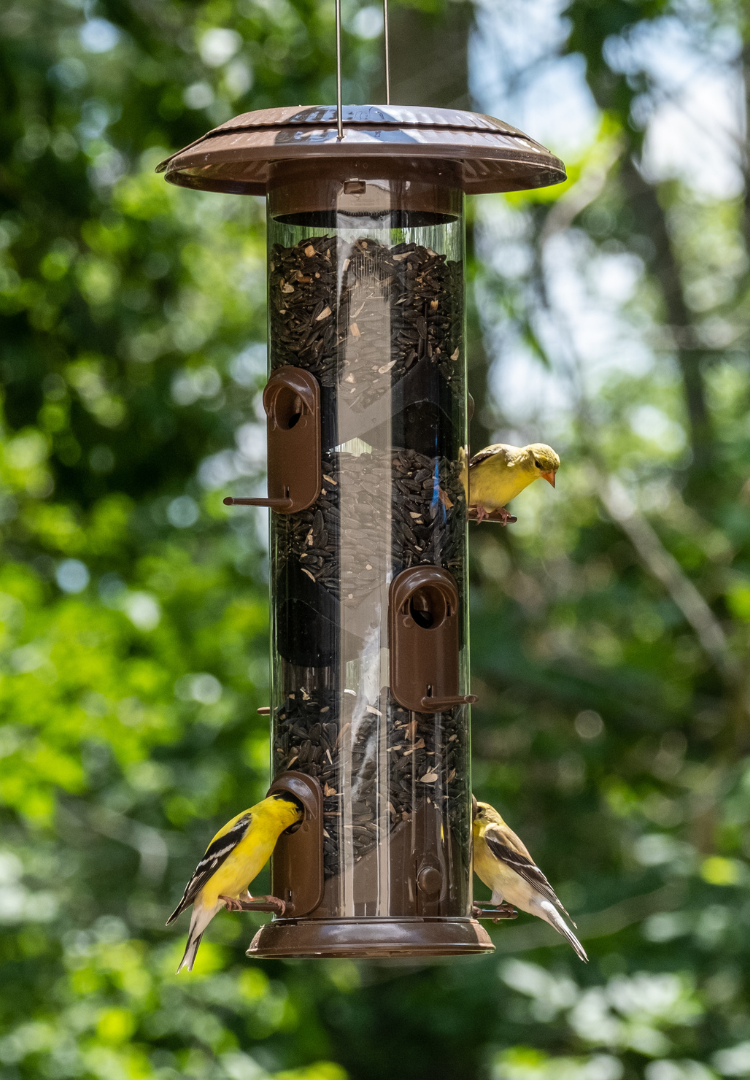
Hi Sherri. Birds are such creatures of habit that it can take time for them to get used to a new feeder and use it regularly. We suggest temporarily taking down all old feeders so only the new one is up, keep it filled regularly with fresh food/nectar and don’t change locations quickly. Sometimes just being patient does the trick. Happy birding!
The plastic feeding holes on my liquid oriole feeder are breaking – the feeder is quite old. I’ve tried 3 different new feeders, and the orioles won’t use them. I put the old feeder up again and the orioles are back. How can I get them to switch to a new feeder?
The info you provided regarding orioles and how to attract them to your yard was quite interesting and insightful! Thank you so much Nature’s Way for everything you guys do!!!